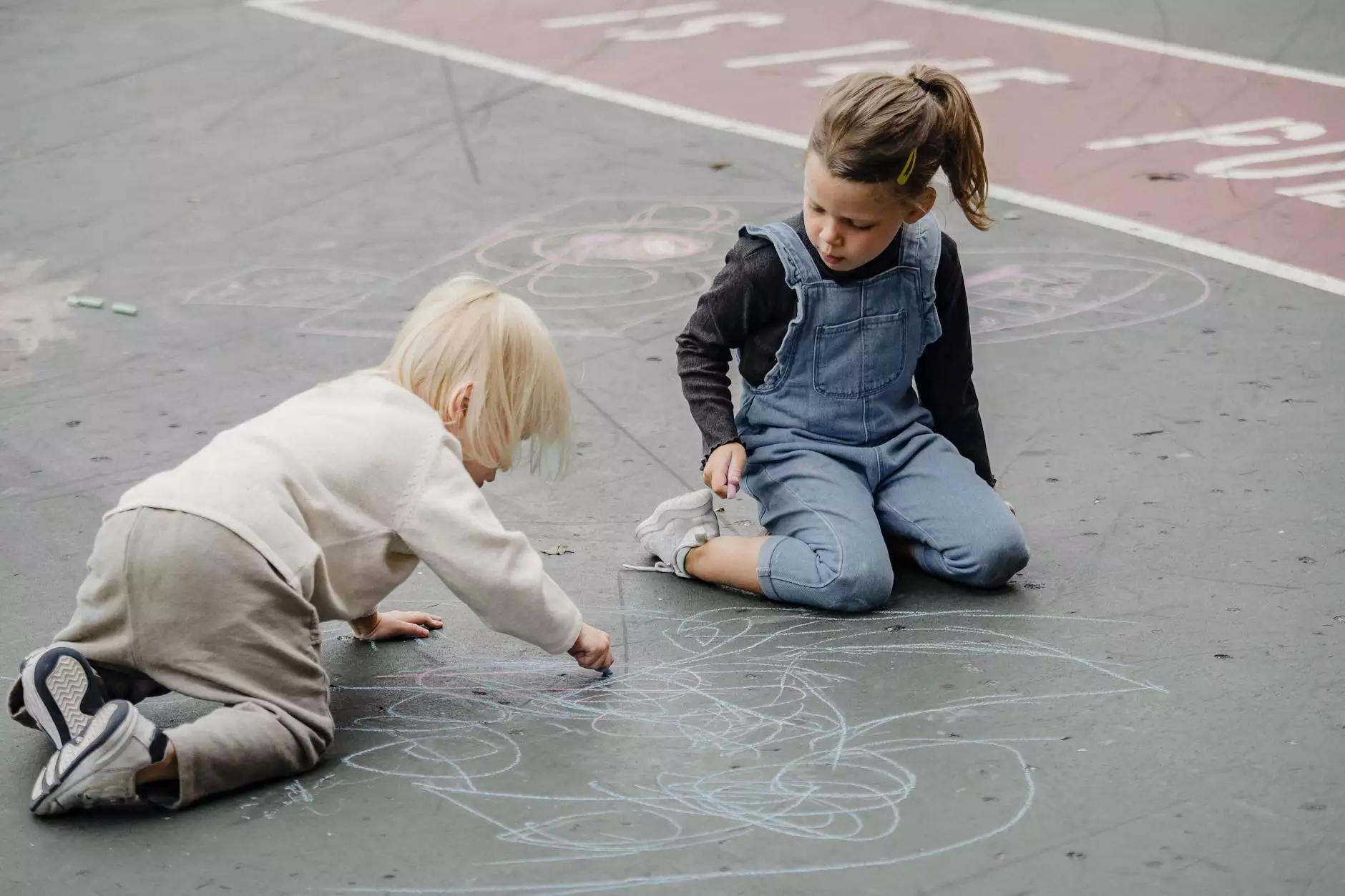Ansel Adams: Manzanar War Relocation Center
1800-1849
Discover the History
Welcome to La Historia Society, where we delve into the rich historical narratives that shaped communities and societies. In this exhibition, we invite you to explore the profound history of the Manzanar War Relocation Center, captured through the lens of renowned photographer Ansel Adams.
Manzanar War Relocation Center
During World War II, thousands of Japanese Americans were forcibly removed from their homes and interned in relocation centers, one of which was Manzanar. Located in the Owens Valley of California, Manzanar served as a significant site for this chapter in American history. Adams's photographs, taken during his visit to Manzanar in 1943, provide a unique and compelling visual documentation of the experiences and challenges faced by the interned community.
Ansel Adams and His Work
Ansel Adams, a well-known American photographer and environmentalist, achieved fame through his breathtaking black and white landscape photographs. However, his work extended beyond picturesque nature scenes. Adams used his photography to advocate for social justice, capturing the realities of various communities and shedding light upon the injustices they faced.
His visit to Manzanar was prompted by his own concern and empathy for the internees. Adams believed in the power of visual storytelling to create awareness and inspire change. Through his lens, he highlighted the strength, resilience, and dignity of the individuals living in the relocation center.
The Significance of Adams's Photographs
Adams's photographs of Manzanar provide a powerful testament to the experiences of the Japanese American community during a time of immense hardship and discrimination. His images capture both the daily lives and the emotional turmoil faced by those confined within the walls of the relocation center.
From the barren landscapes surrounding the camp to the faces of the internees, Adams's photographs evoke a deep sense of empathy, forcing viewers to confront the injustice and human cost of wartime hysteria and racial bias. The stark black and white contrasts serve as a haunting reminder of the stark realities faced by these individuals.
Exhibition Highlights
Our exhibition features a curated collection of Adams's photographs taken at Manzanar, allowing visitors to delve into the history and relive the experiences of the interned community. Through these captivating visuals, we aim to educate, inform, and commemorate the stories of those affected by Japanese American internment.
1. Captivating Photographic Journey
Step into the past and immerse yourself in Adams's captivating photographic journey through Manzanar. Each image offers a unique glimpse into the daily lives and struggles of those who called the relocation center home.
2. Personal Stories and Testimonials
Experience the personal stories and testimonials of individuals who lived through this challenging period. Through their experiences, gain a deeper understanding of the resilience, strength, and determination exhibited by the interned community.
3. Educational Resources
Expand your knowledge and engage with our educational resources designed to provide a thorough understanding of the historical, social, and political context surrounding Japanese American internment during World War II. Through in-depth articles, timelines, and interactive features, we strive to provide a comprehensive learning experience.
Visit the Exhibition Today
Join us at La Historia Society to explore the Ansel Adams: Manzanar War Relocation Center exhibition. Immerse yourself in the sights and stories of this significant chapter in American history. Gain a renewed appreciation for the resilience of the interned community and a deeper understanding of the impact of Japanese American internment during World War II.
Through this exhibition, we aim to honor the past, promote awareness, and foster a sense of empathy and understanding. Together, we can ensure that the stories of those who came before us are not forgotten, and the lessons learned continue to shape a more inclusive society.









